Sri Lanka’s recovery from its worst financial crisis in decades remains fragile, incomplete, and deeply unequal, a new report by the World Bank said.
The Sri Lanka Development Update, released on Tuesday under the title Better Spending for All, paints a troubling picture beneath the surface of headline growth figures.
While the economy is projected to expand by 4.6% in 2025, followed by a slowdown to 3.5% in 2026, the World Bank warns that these gains are built on shaky foundations.
Economic output remains below 2018 levels, and poverty is still twice as high as it was in 2019. A further 10% of the population now teeters just above the poverty line, with malnutrition continuing to plague vulnerable communities.
“While Sri Lanka’s recent economic progress is encouraging, the recovery is uneven and incomplete. Many households have yet to regain livelihoods lost during the crisis,” said David Sislen, World Bank Division Director for Maldives, Nepal, and Sri Lanka.
The report criticises the government’s limited fiscal space, noting that over 80% of public spending is locked into salaries, welfare, and debt repayments — leaving little room for investment in growth-critical sectors like education, healthcare, and infrastructure.
Food prices remain high, reserve accumulation has slowed, and the labour market is still struggling to regain momentum.
The World Bank warns that without urgent structural reforms, Sri Lanka risks stalling its already faltering recovery.
Key recommendations include overhauling the bloated public wage system, modernising payroll management, and improving the planning and execution of infrastructure projects.
The report also calls for reforms to attract private investment and remove barriers to trade and business.
While some indicators have improved, the overall message is clear.
Sri Lanka’s crisis may no longer be front-page news, but for many of its citizens, the hardship continues and real, sustained recovery remains a long way off.
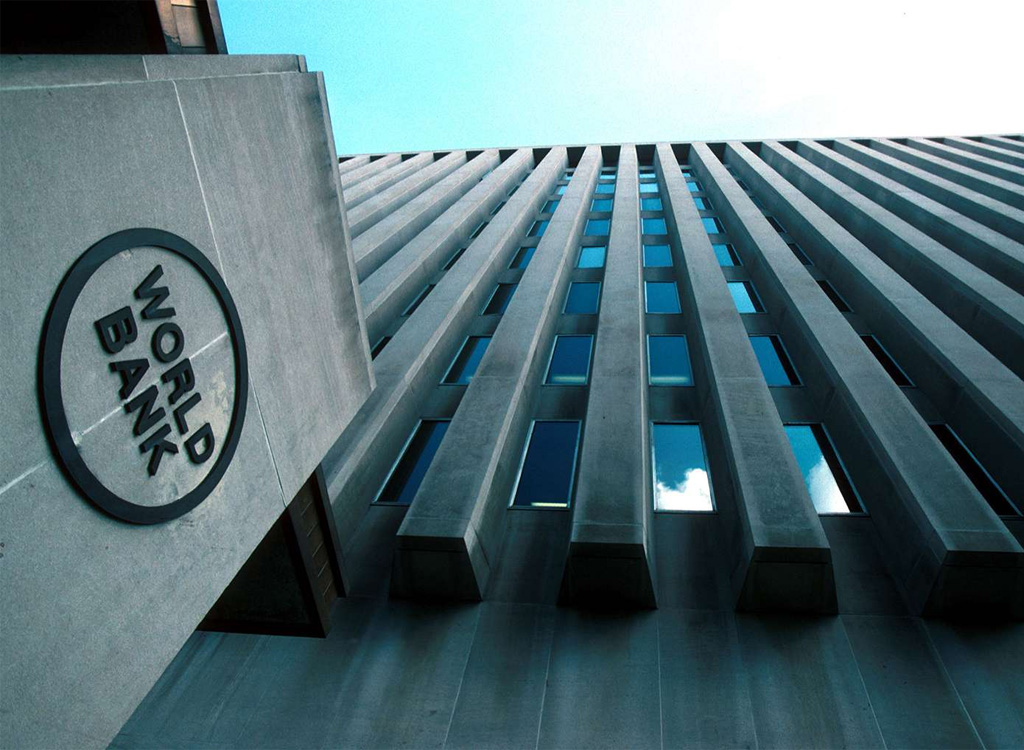

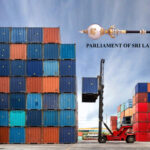


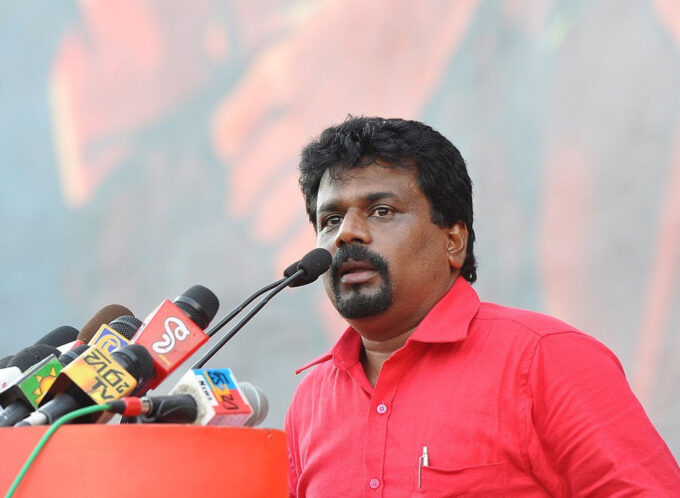
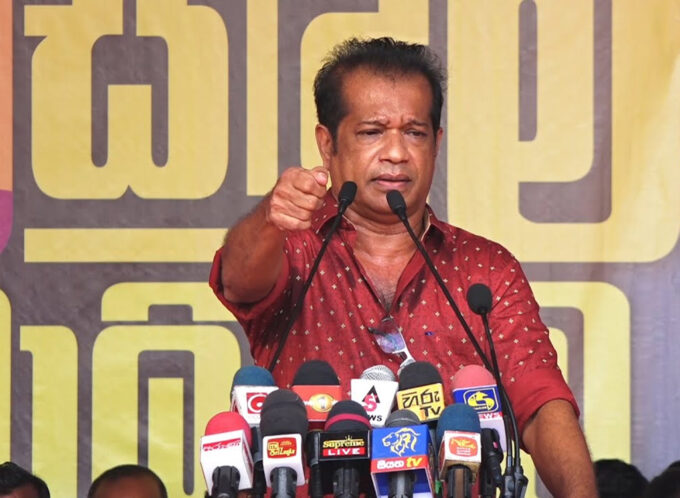

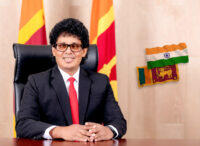


Leave a comment